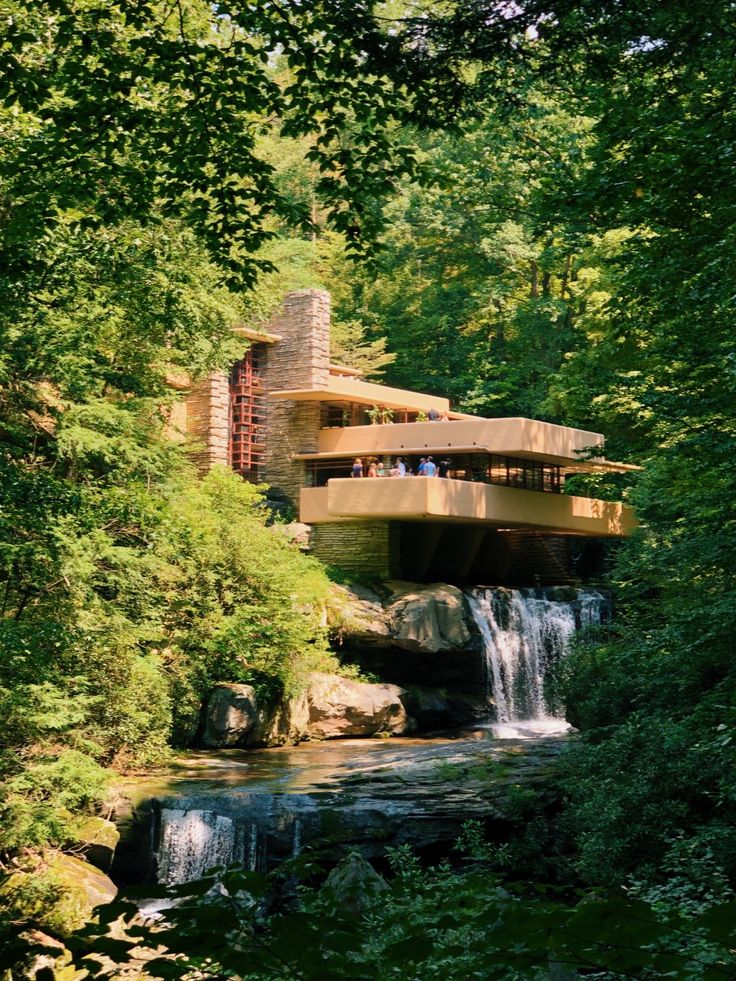A True Yunatic
Some people don’t just build structures – they shape the way we live within nature. Frank Lloyd Wright was more than an architect. He was a composer of space, blending buildings with the land they rested on, creating a philosophy he called organic architecture.
He didn’t follow trends – he invented new forms. He didn’t separate people from nature – he brought the outside in. Wright believed that design wasn’t about decoration – it was about soul alignment.
“The space within becomes the reality of the building.” – Frank Lloyd Wright
The Inner Child
Wright’s inner child was a builder and a dreamer, stacking blocks, watching rivers, sketching possibilities. That child never accepted the word “impossible.” He believed homes could breathe, light could flow and people could live better through beauty. He saw in every child the potential to reshape the world through imagination – and in himself, the duty to build it.
Tribbles
Wright’s tribbles are timeless – still inspiring architects, artists and dreamers:
- Usonian Houses – Affordable, elegant homes for American families: modernism with warmth.
- Fallingwater – A home built over a waterfall, flowing with stone, wood, and air.
- The Guggenheim Museum – A spiral of space that turned the art world on its head.
- Organic architecture – Buildings designed in harmony with humanity and the Earth.
- Over 1,000 designs, including homes, churches, schools, offices, and entire communities.

Connected with the Yuniverse
Frank Lloyd Wright didn’t just design buildings – he translated the rhythms of nature into form. He believed architecture could heal, elevate and tune us to the universe’s quiet music. His work breathes with sunlight, wind and the wisdom of trees. He didn’t want homes that trapped you – he wanted spaces that set you free.
Spiritual
Wright’s spirituality was rooted in nature, simplicity and sacred geometry. He believed that beauty was a moral force – and that design was a path to wholeness.
Frank Lloyd Wright reminds us that a well-built space isn’t just shelter – It’s a conversation with the cosmos.